Recognizing our failure to coexist harmoniously with nature, thereby diminishing its capacity to sustain us, we must rectify past negligence and devise strategies for restoration and a more sustainable future.
As we approach the final chapter, we will leverage insights gained from preceding chapters to envision the transformation of our urban landscapes.
We will explore the concept of “green cities,” which prioritize ecological sustainability, and delve into ways to achieve a balanced coexistence with a reasonable level of comfort.
An increasing number of cities are displaying signs of the global environmental crisis.
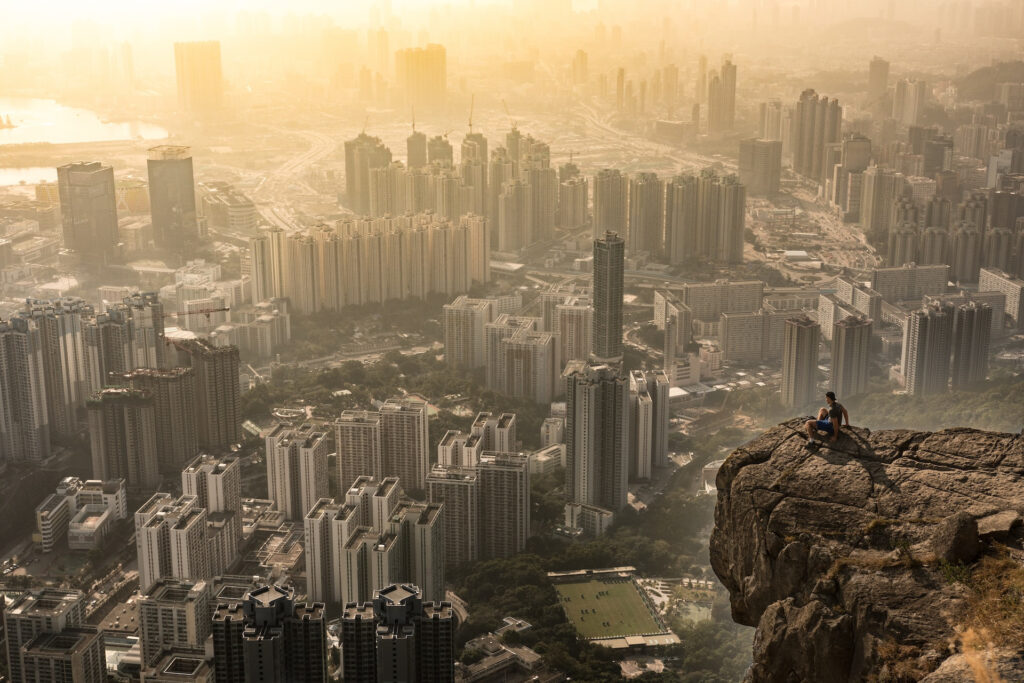
Figure 7.1: Natural systems were seldom incorporated in the design of our present-day cities.
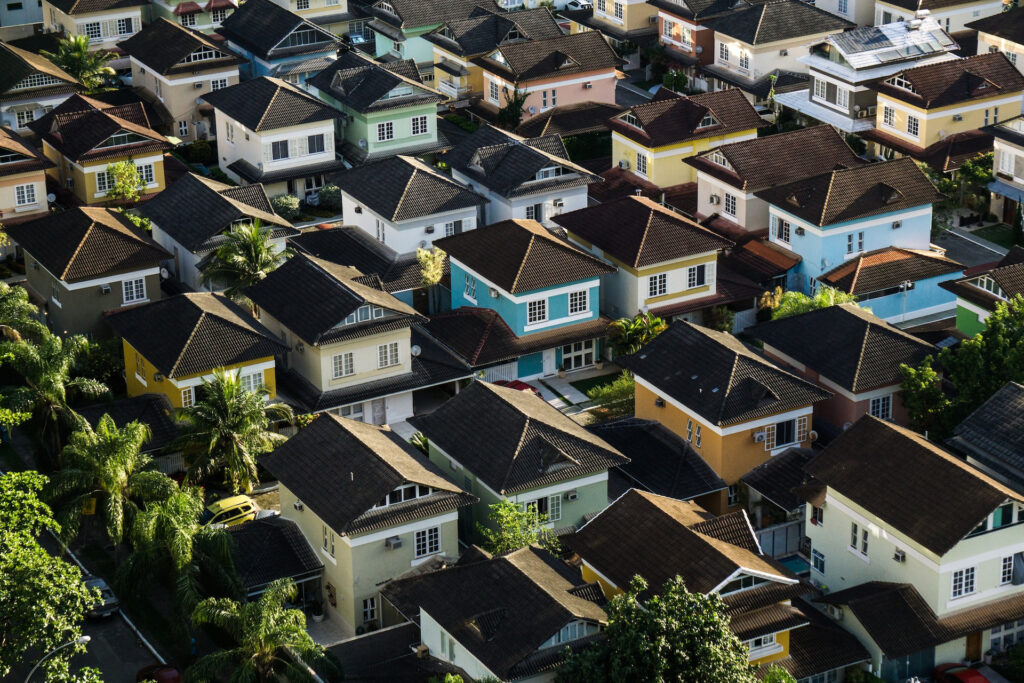
Figure 7.2: Design trends of the past aimed at offering each resident his own secluded “paradise”
More than 55% of the world’s population currently resides in cities, indicating that half of the global population is deprived of the direct benefits derived from simply experiencing nature. The World Health Organization (WHO) defines health as “a state of complete physical, mental, and social well-being and not merely the absence of disease and infirmity.” Therefore, it is crucial that natural elements such as clean water, air, and vegetation are incorporated into the design of healthy cities, enabling citizens to access and utilize the freely available ecosystem services provided by nature.
In the past, town planning aimed to provide every resident with their own secluded “paradise.” However, modern town and city planning leans towards promoting concepts that foster community interaction. This approach discourages personal vehicle use in favor of dependable public transportation and facilitates access to open spaces and amenities through environmentally friendly and health-conscious means.
In affluent suburban parks, there is a predominant focus on scenic beauty. Here, expansive areas are meticulously adorned with vibrant exotic species, trimmed hedges, vivid flowers, and precisely manicured lawns, placing paramount importance on their aesthetic appeal.
However, the absence of native plants and excessive use of insecticides render these spaces ecologically barren, lacking significant insect, bird, and animal populations.
Consequently, it is accurate to assert that the primary purpose of most of these urban parks is leisure and casual recreation, devoid of any ecological significance.

Figure 7.3: Public spaces in up-market areas were often decorated with colorful exotic plants with no ecological consideration in mind.
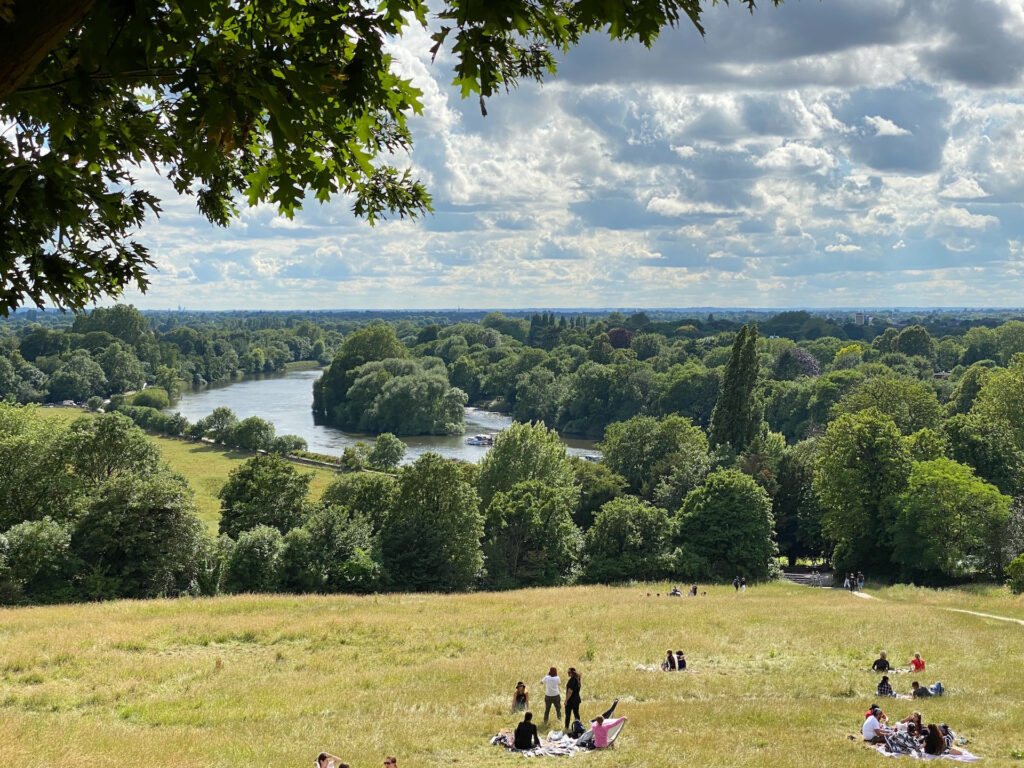
Figure 7.4: Realizing the importance of ecological viability to encourage healthy living conditions, Town planners are providing public access to green open spaces in and around towns and cities.
As citizens become increasingly conscious of the connection between health and their environment, city and town planners are also beginning to address these concerns.
They are taking steps to reduce pollution and prevent environmental degradation. They have a focused approach to recognize and protect natural systems within residential areas.
Furthermore while also integrating these green spaces with the natural surroundings on the outskirts of the city.
In doing so, municipal authorities are exploring strategies to maintain ecosystem services close to home, thereby fostering a sustainable and healthy urban environment.
This investment in the well-being of residents reflects a proactive approach to urban planning.
However the concept of a meticulously planned residential community, offering its inhabitants a genuinely high quality of life, was already conceptualized in 1898 by the renowned English urban planner Ebenezer Howard. He advocated for this vision in his work “Tomorrow: A Peaceful Path to Social Reform,” which laid the groundwork for the development of what he termed “garden cities.”
Today, an increasing number of terms such as “forest city,” “park city,” “urban greening,” “vertical forest city,” and “urban re-wilding” are being utilized by municipalities and urban planners.
This trend underscores the inherent desire of city dwellers to connect with nature, as evidenced by their dedication of time and effort to creating home gardens, often in the form of potted plants alongside caring for small pets.
Open spaces also carry financial value as evidenced by higher real estate values near parks compared to other areas. People are inclined to invest in these regions due to their inherent psychological and physical need for nature.
Research suggests that inner-city residents face a 20% higher likelihood of experiencing anxiety and are nearly 40% more prone to developing depression. Well-maintained parks provide ideal environments for stress relief and socializing with friends and families.
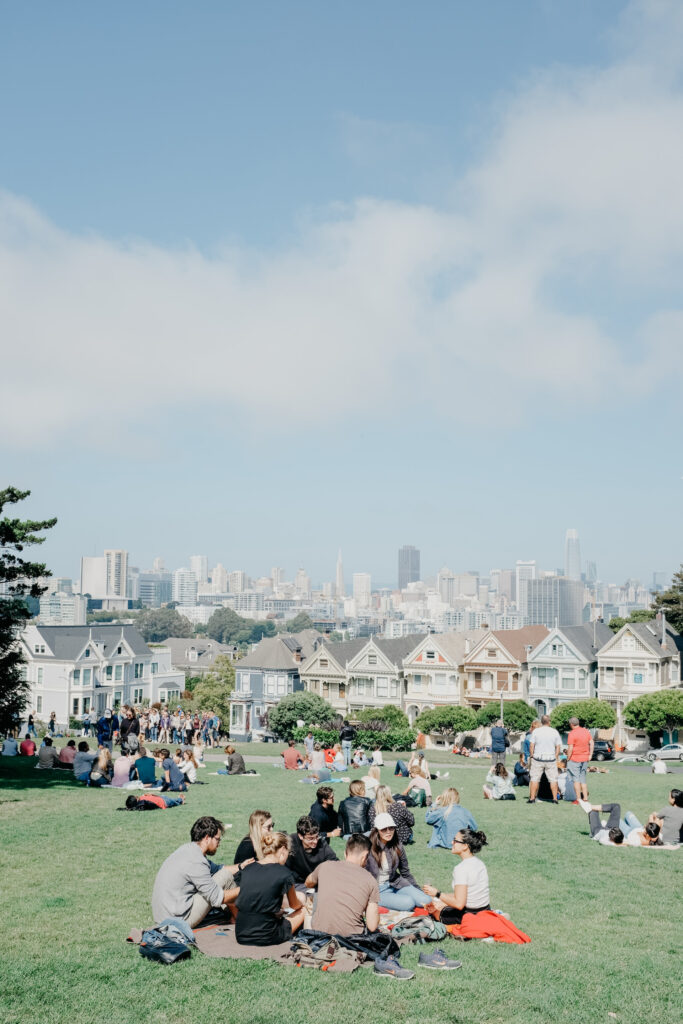
Figure 7.5: Healthy parks are ideal places for stress release and for socializing with friends and family.

Another advantageous aspect of urban open spaces is their potential for food production. Urban farming and forestry, especially in underprivileged communities, have received considerable attention. Prioritizing the cultivation of fruit trees and vegetables over ornamental flowers and lawns makes practical investment sense. Thus, the logical approach to urban open space planning should prioritize utility and productivity over aesthetics, aligning with natural principles.
Figure 7.6: In cities where land is limited to cultivate, people are taking advantage of psace on roof-tops.
In many major cities worldwide, community members are ensuring food security by utilizing vacant land for agricultural purposes. For example, in Hong Kong, 45% of vegetables, 68% of chickens, and 15% of pigs used as food are produced within the city. In Nairobi, 67% of urban families engage in farming, with 25% relying on self-produced food for survival. Additionally, 65% of families in and around Moscow practice farming, and in the USA, 30% of all agriculture occurs within metropolitan areas. Metropolitan Bangkok allocates 60% of its land for agricultural purposes.
The statement emphasizes that in South Africa, essential food items such as animal products (meat, milk, eggs), vegetables, and fruits are often cultivated on farms situated far from urban areas. Consequently, additional expenses such as packaging and transportation are incurred to deliver these goods to urban residents. This scenario indicates that South Africa may encounter difficulties in attaining food self-sufficiency within its cities, heavily relying on rural agricultural production to fulfill urban food requirements.
In general, these statements underscore the varied approaches and challenges in food production and distribution across different urban centers worldwide. While certain cities prioritize self-sufficiency in specific food items such as vegetables (as observed in China), others confront logistical and economic hurdles in accessing fresh produce locally.
The concept of ecologically sustainable cities encompasses far more than mere “greening.” Often, efforts to incorporate green elements are mere superficial representations of true nature, such as using potted plants primarily for decoration.
Achieving harmony between urban environments and nature requires more than just planting trees or setting aside isolated patches of natural open space where construction is prohibited.

Figure 7.7: Stretches of land under power lines can serve as linkages between open spaces in towns and cities and the surrounding nature.

Figure 7.8: Indigenous biodiversity surrounding the town or city is more likely to move into the settlement if it supports the same vegetation.
This is where the development of a Metropolitan Open Space System (MOSS) offers significant promise for establishing truly sustainable open spaces within cities. The larger the area of a park or reserve, the better its chances of ecological viability. In isolated urban open spaces, there are often too many missing links or organisms to support complete ecologically balanced food chains. Therefore, an ideal MOSS should be a system where open spaces are interconnected and situated as close as possible to natural functioning elements of nature around the city.
Rivers and linear ridges are optimal connections that could link many parks. If these are unavailable, one could consider green stretches along highways and streets to serve as connections to open spaces.
The more an open space preserves traces of its original countryside, supporting local indigenous vegetation, the easier it becomes for indigenous biodiversity to establish itself. With abundant bird, animal, and insect life present, food chains remain functional within self-sustaining ecosystems.
Therefore, it is crucial that spatial connections link fragments of nature, facilitating the movement of species along connecting corridors. Examples of such green corridors could include existing green belts, open spaces adjacent to natural water bodies, stretches of natural land beneath power lines, large parks, botanical gardens, cemeteries, and wide road verges. Some municipalities have even constructed ‘wildlife bridges’ to ensure the safe passage of wildlife over busy highways.

Figure 7.9: Natural systems were seldom incorporated in the design of our present-day cities.
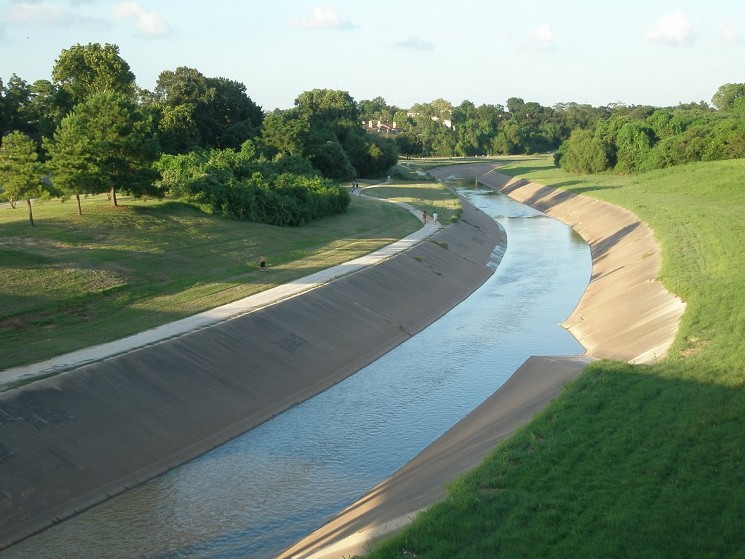
Figure 7.10: Canals made of concrete does not support natural ecosystems.
This increases the likelihood of survival for animal life in urban areas. Owls and bird species such as sparrows and rock pigeons have notably adjusted to the urban environment. Additionally, frogs, bats, and moles are frequently found in cities. These animals primarily feed on small rodents and insects, which frequently inflict significant damage to gardens. Given their role in pest management and biodiversity preservation, these animals provide an essential service and could be instrumental in maintaining the balance of the urban ecosystem.
Other ecological services provided by open spaces include the cooling of urban temperatures through tree shade. Groundcover and vegetation surfaces aid in groundwater recharge. Parks with pristine wetlands and marsh vegetation help purify water effluents and manage floods.
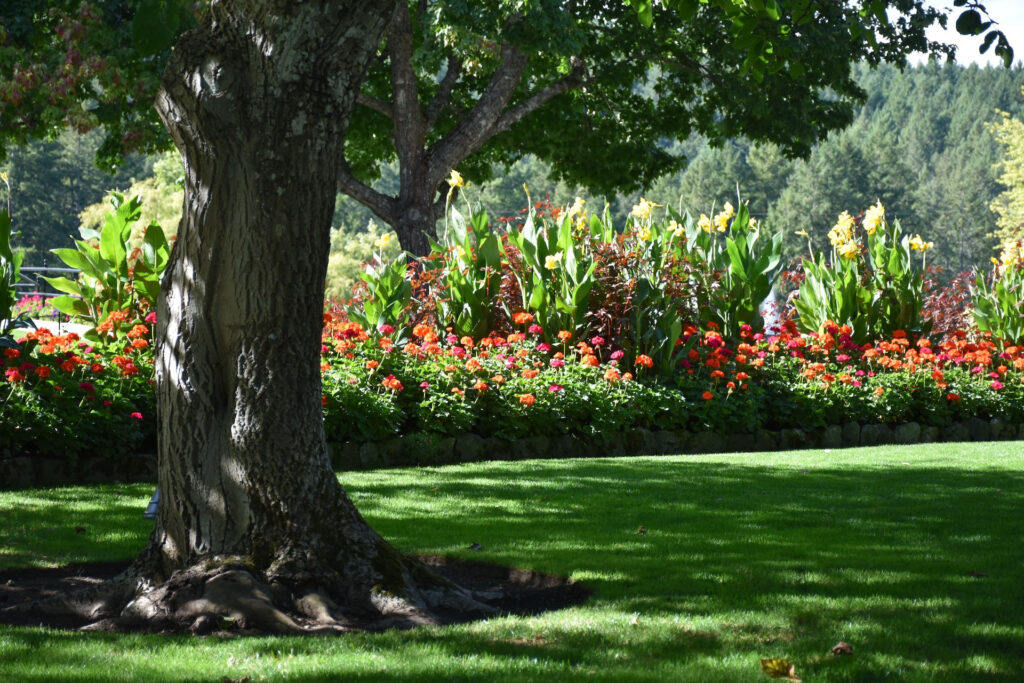
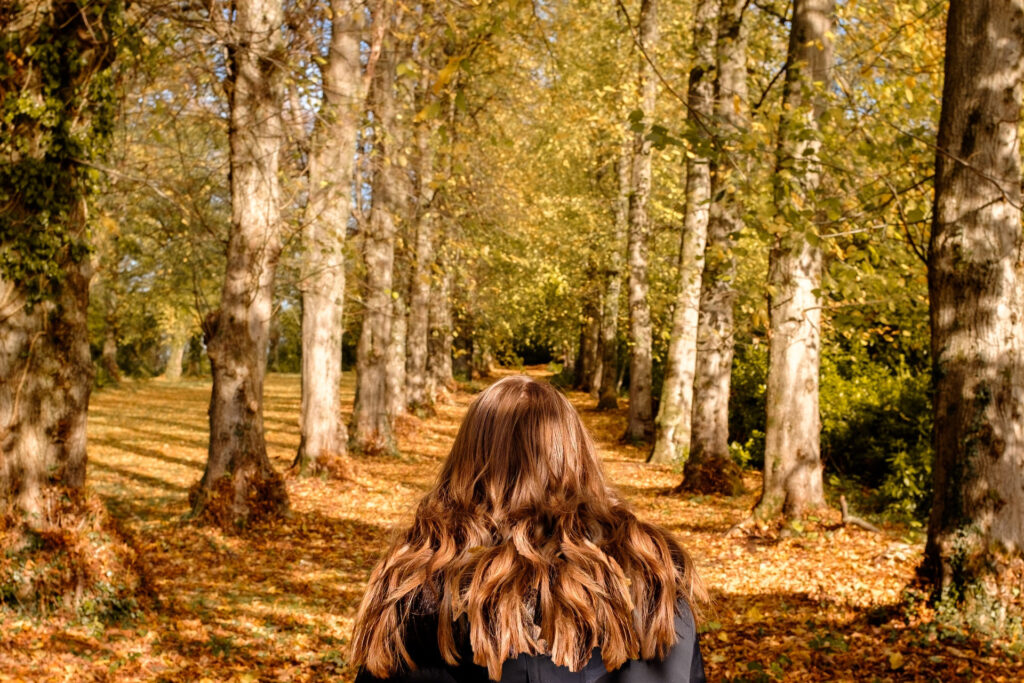
Figure 7.11: For open spaces to be ecologically functional it should allow natural processes opposed to intensive maintenance and grooming.
However, the importance of preserving and safeguarding open space ecology is often overlooked by many urban planners. Frequently, they allocate only the minimal undeveloped space, scattered haphazardly wherever unsuitable for construction, without consideration for ecological principles.
Consequently, the historical approach of reintroducing small isolated sections of nature into our cities has often been ecologically unsound.
Furthermore, often city streams and reservoirs remain heavily polluted, resulting in scarce aquatic life. Natural groundcover has been replaced with concrete paving, causing rainwater to runoff without replenishing the soil and depriving vegetation of essential nutrients. This runoff is swiftly channeled away to distant reservoirs, necessitating additional pumping to return it back for domestic use.
To compound matters, a significant portion of municipal budgets is dedicated to the artificial maintenance of city parks and open spaces. This includes costly services like applying fertilizers and herbicides, irrigation, regular lawn mowing, trimming hedges, spraying insecticides, and planting colorful flowers. It would be much wiser to align park maintenance with natural processes. In countries facing water scarcity, the practice of planting thirsty vegetation that demands ample purified water is simply unsustainable.
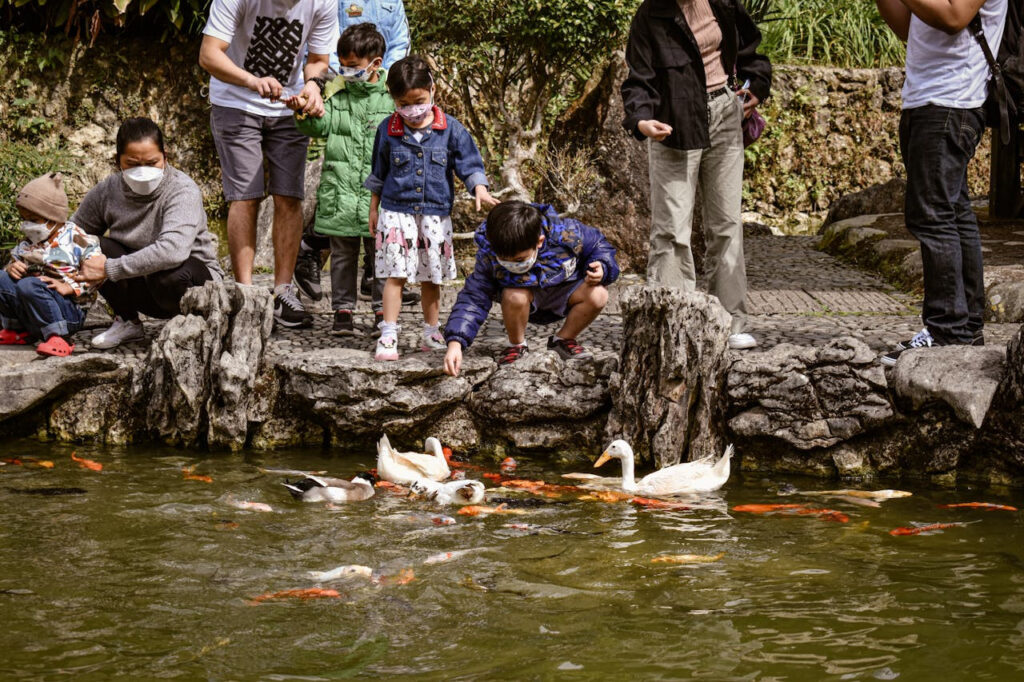
Figure 7.12: We as humans need to rekindle our connection with nature.
Instead of resorting to expensive artificial fertilizers, produced with significant environmental impact, one should embrace Nature’s own method of fertilization by allowing fallen leaves to decompose and enrich the soil. However, municipalities often opt to collect and dispose of leaves at considerable expense, transporting them through congested traffic routes, thereby contributing to air pollution, and depositing them in overloaded landfill sites where their potential is squandered. Rather than fostering the development of vibrant ecosystems, we have been using chemicals that harm insect and bird populations. When essential components like insects, amphibians, and birds are absent from urban parks and green spaces, we may aptly describe them as “cosmetic green deserts.”

Figure 7.13: The more materials in a city are recycled or re-used, the more sustainable it becomes.
Now is the opportune time to introduce functional, ecologically sound environments in our towns and cities. These spaces will play a pivotal role in providing recreational opportunities and facilitating stress relief. They can also serve as safe pathways for cycling and pedestrian movement, fostering a sense of well-being and promoting health.
Open space should not be an afterthought, but rather the guiding principle in city planning. The concept of “greening” should encompass more than simply planting vegetation; it should involve the preservation of natural habitats within cities, recognizing humans as integral components of these ecosystems alongside vegetation, insects, birds, and other animals. This integration should extend to water, air, soil, and climate, with humans positioned as the top omnivores.
When we apply the term ‘sustainable management’ to our urban environment, it means utilizing our local natural resources in a manner that prevents deterioration or depletion. It entails living conscientiously, considering the environmental impact of our actions. Moreover, sustainable management involves not only connecting and preserving green spaces but also ensuring that the city functions ecologically. We’ve learned from previous chapters that all matter circulates within natural ecosystems and stagnation leads to system death. Therefore, our ideal city model should mimic a self-sustaining natural ecosystem, capable of recycling matter without disrupting the system itself. To achieve a sustainable city where residents can enjoy productive, healthy, peaceful lives, we must adhere to the ecological principles set by nature.
It follows that if the goal of a sustainable city where its inhabitants can enjoy a productive, healthy, peaceful, relaxing livelihood is to be attained, we will have to find ways in which the dependable ecological guidelines, laid down by Nature, can be implemented.
Such design should include the holistic an integrated approach whereby the social welfare of its citizens and environmental quality as well as the economic functions are all included into a coherent dynamic functioning system.
Comparatively, the management of cities should mimic the self-regulating nature of ecosystems, particularly in terms of trophic levels that facilitate a circular, dynamically controlled, and open system. Encouraging local food production within city limits would establish the T1 trophic level. Human inhabitants would occupy higher trophic levels as herbivores (T2) and carnivores (T3 and T4). However, for successful urban food production, careful management of the T5 level—the soil and its natural bacteria—is imperative.

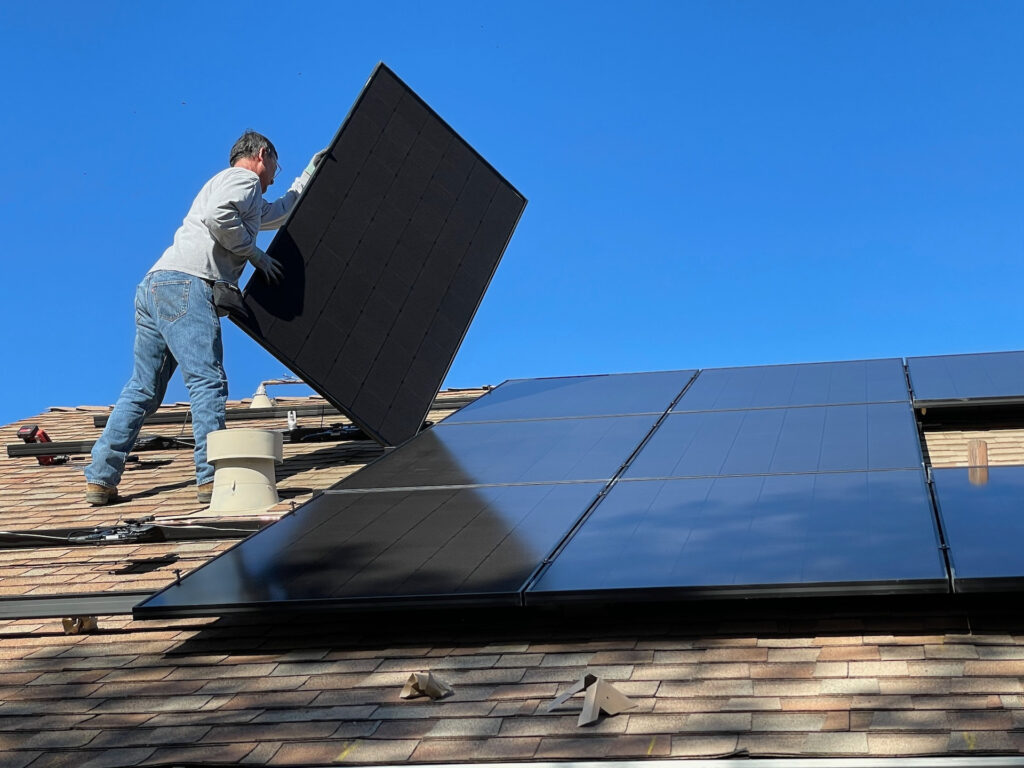
Figure 7.14: Renewable wind and solar energy will replace coal and gas for domestic use and light industry
A sustainable city must aim to be largely self-sufficient in terms of its produce, while minimizing pollution and waste output. To achieve this, reliance on external sources should be minimized wherever possible. Energy sources should primarily be sourced locally from renewable options such as solar, wind, geothermal, and small modular nuclear reactors. Fossil fuels, including coal, petrol, oil, and natural gas, should be primarily reserved for long-distance mass transportation (such as shipping and airfreight) and heavy industries like mining, steel production, and cement manufacturing.
To curtail imports from external sources, it is imperative to establish local production of essential goods within the city. This includes items such as stationery, daily chemical products, glassware, metal goods, hand tools, clothing, sports equipment, and medical supplies.
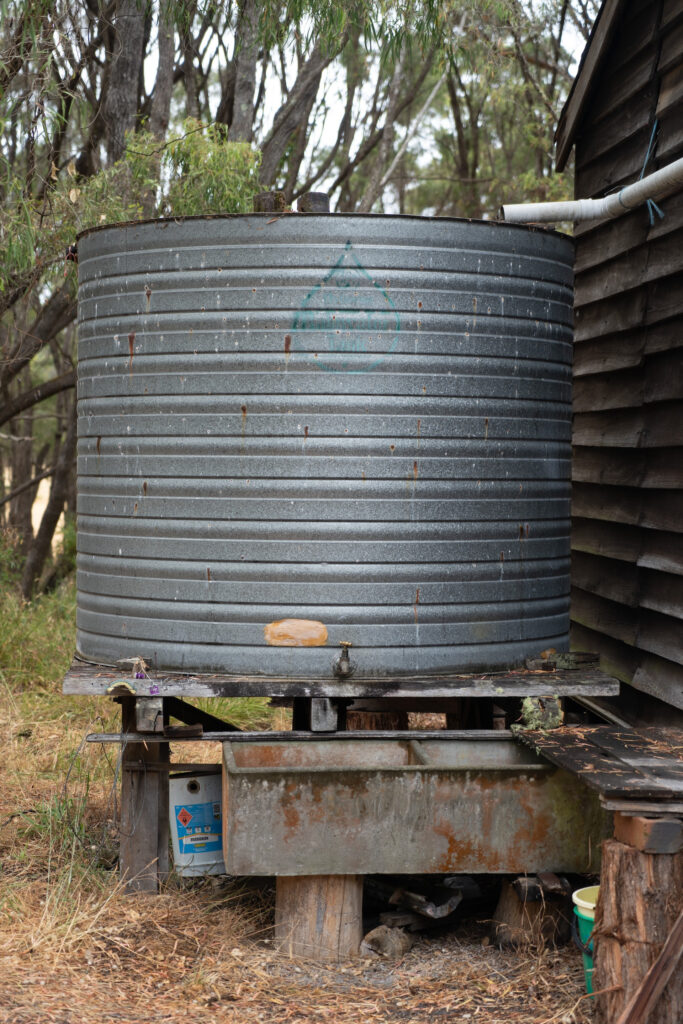

Figure 7.15: The mentality of recycling should also inform our decisions related to water consumption and organic waste
Instead of following a linear model of production-consumption-disposal, a circular system should be embraced. This entails circulating products without generating excessive waste leading to pollution. In addition to recycling, emphasis should be placed on reusing, repairing, and reducing the production of unnecessary items whenever feasible. Prioritizing repair over disposal should also be considered as part of these efforts.


Figure 7.16: Social welfare and environmental quality often goes hand in hand.
The principles of recycling should also guide our choices concerning water usage and organic waste management. For instance, importing water can be significantly minimized by collecting rainwater from roofs and other impermeable surfaces. This collected water can then serve various purposes such as watering parks, gardens, and washing cars. Resorting to expensive purified water is impractical. Furthermore, organic waste like leaves, grass cuttings, and kitchen scraps should be composted instead of relying on synthetic fertilizers. Additionally, restrictions should be placed on burning waste to mitigate air pollution.
From an ecological perspective, if these measures are successfully implemented, we will witness a decrease in air, water, and noise pollution, an increase in natural diversity, and a reduction in harmful energy consumption. Socially, we will experience an enhanced quality of life, an increase in both actual and perceived security and safety leading to social equality and stability. Additionally, heightened social integration will foster improved quality of life, cooperation and cohesion, encouraging greater cultural vitality and civic pride.
Recognizing the correlation between social welfare and environmental quality, the Metropolis of Lyon embarked on the construction of a Charter for Public Spaces in 2022. This initiative aims to develop spaces for movement and congregation by seamlessly integrating squares, parks, and streets with natural elements. It is anticipated that this approach will yield several benefits including reduced public spending on healthcare and urban management, elevated property values, enhanced business confidence, and the attraction of skilled individuals.

We ought to encourage urban planners to design and link sustainable green spaces within our cities and towns.
In closing, initiatives prioritizing sustainability will greatly improve our living environment and cultivate a stronger bond with nature. More over it will encourage individuals to embrace an eco-conscious mindset. Consequently, we would carefully reconsider the products we buy and use and our methods of disposal. Additionally, we would contemplate our modes of transportation and energy generation. Ideally, this shift in perspective could initiate a slowdown in the destructive cycle of environmental degradation caused by shortsighted economic motives resulting in harmful industrial activities.
Due to our significant impact on the environment, humans are often referred to as the “ecologically dominant” species. We have the capability to establish sustainable living conditions if we choose to do so. The moment to take action is upon us. If you want to predict the future, create it!